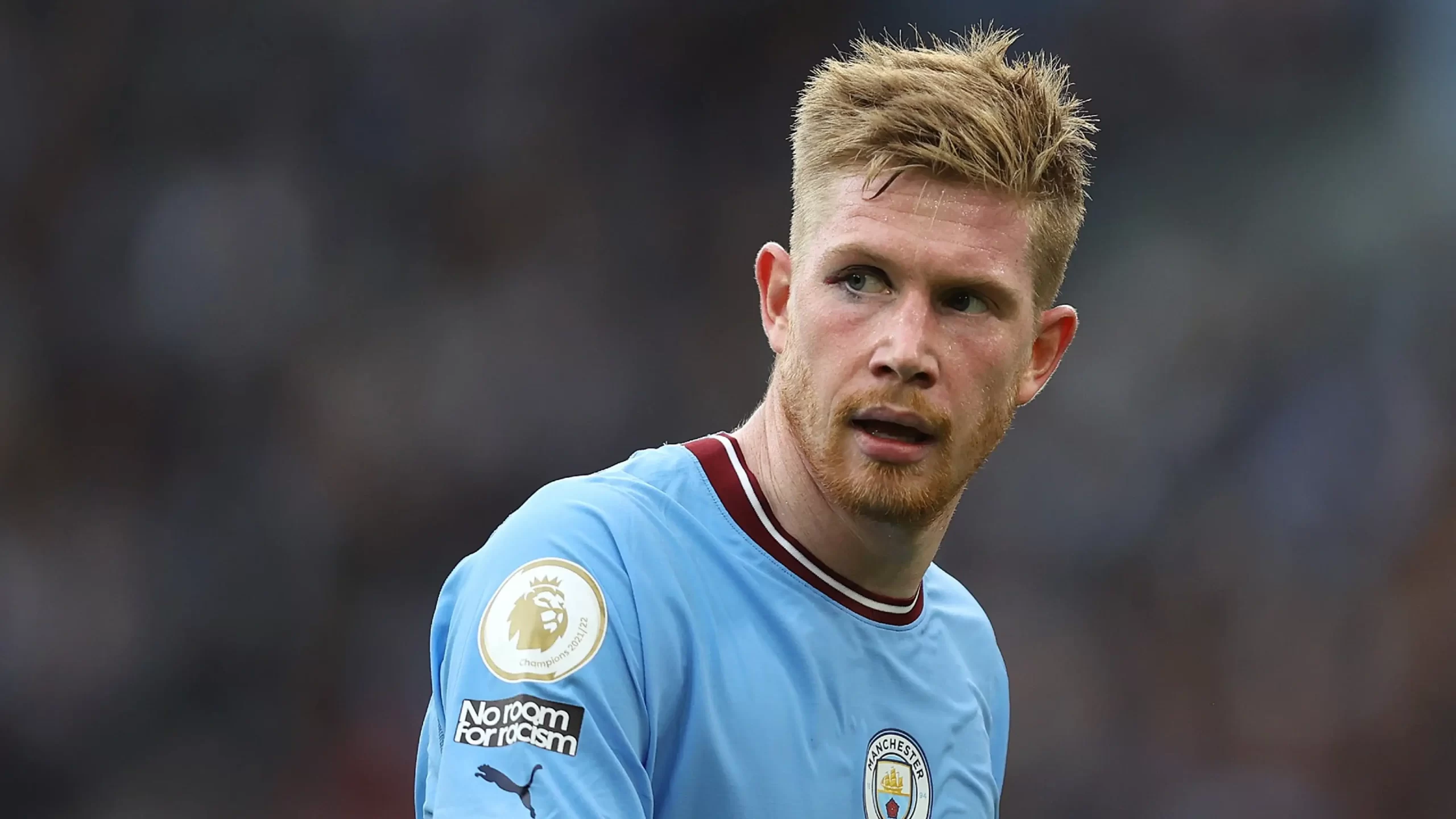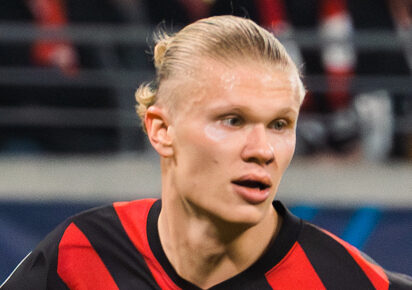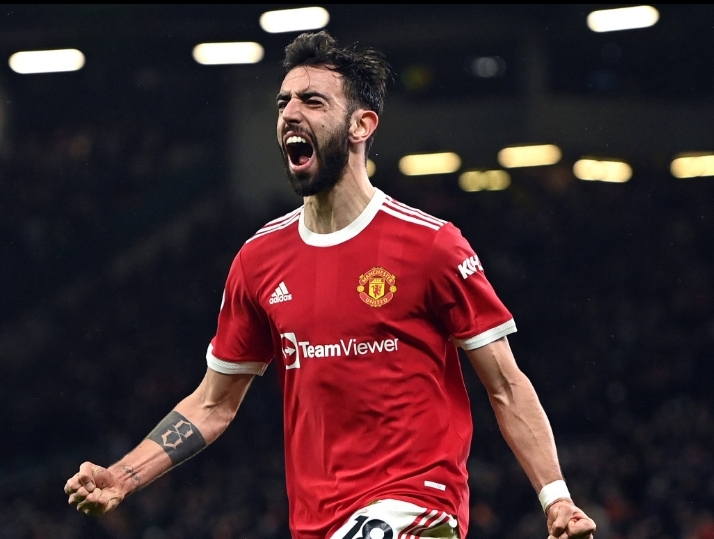Soccer is a complex team sport that relies on all players understanding their respective roles and working in sync with one another. Of the various positions on the field, few are as demanding and multifaceted as the role of the midfielder.
Midfielders are crucial in linking the defense and the attack, distributing the ball, controlling match tempo, initiating attacks, and tracking back to regain possession. In essence, they are the heartbeat of any soccer team.
The responsibilities placed on midfielders’ shoulders are far-reaching. They must have exemplary technical qualities, tactical intelligence, physical stamina, and reading of the game. Midfielders aim to dictate the flow of the match through ball distribution, switching play, dribbling, and off-the-ball movement. They must also cover large swaths of territory throughout the game. The best midfielders enhance their team’s attacking threat while providing a shield and security blanket for the defense. Their well-rounded attributes allow them to contribute at both ends of the pitch.
Main Responsibilities of a Midfielder
Midfielders have diverse responsibilities that require intelligence, skill, and physicality. Their main duties include:
Distributing the ball: Midfielders serve as the primary link between defense and attack. Their passing range enables them to retain possession and circulate the ball to initiate attacking moves. They may look to play longer balls over the top to strikers or shorter, intricate passes to build up play.
Controlling the tempo: Midfielders dictate the game’s flow through ball circulation and by speeding up or slowing down the pace of play. They manage the game state and rhythm.
Starting attacks: Midfielders aim to move the ball into advanced areas to supply the attack. They can drive forward with dribbling runs or spray passes from deep to launch attacks.
Supporting strikers: In the final third, midfielders facilitate scoring chances through killer passes, crosses, or by making late runs into the box. Good movement helps overload defenses.
Tracking back: Midfielders must also defend in transitions by tracking opposing players’ runs and covering spaces left open by defenders. This support is vital.
In essence, the midfielder is involved in all aspects of play. Their well-rounded attributes allow them to contribute both offensively and defensively.
Midfield Positions and Player Types
Several more specialized midfield roles call on different attributes and styles of play:
Central midfielders: This broad role covers various types:
Controlling midfielders: Keep possession and dictate tempo from a deep-lying role. Ex: Xabi Alonso
Creative midfielders: Playmakers who manufacture chances in the final third. Ex: Mesut Özil
Defensive midfielders: Tough tacklers who shield the defense. Ex: N’Golo Kanté
Wide midfielders/wingers: Operate in the channels near the touchlines to provide width:
Touchline wingers: Classic style stays out wide to cross. Ex: Ryan Giggs
Inverted wingers: Cut inside on a stronger foot. Ex: Arjen Robben
Attacking midfielders: Support the striker in advanced areas:
Playmakers: A main creative hub that links midfield and attack. Ex: Zinedine Zidane
Second strikers: Take up striker-like positions and poach goals. Ex: Frank Lampard
Defensive midfielders: Sit deepest to protect the backline:
Destroyers: Hard-nosed tacklers and interceptors. Ex: Claude Makélélé
Deep-lying playmakers: Regista types with excellent passing. Ex: Andrea Pirlo
Key Attributes and Skills
To succeed in their diverse responsibilities, midfielders must possess well-rounded technical, physical, and mental attributes:
Vision and awareness: Reading the game, scanning for options, perceptive decision-making
Passing range and technique: Accurate and incisive short/long passing ability
Ball control and dribbling: Close control and ability to beat defenders 1v1
Physical fitness and stamina: Covering ground tirelessly over 90 minutes
Tactical intelligence: Understanding positional play and rotations
Creativity and flair: Unlocking defenses with imagination and skill
Defensive anticipation: Getting into proper positions to regain possession
Leadership: Organizing the team’s shape and mentality
The best midfielders blend these well-rounded traits to control matches in all phases of play. While some specialize in certain areas, versatility is key to handling their responsibilities.
Famous Midfielders Through History
Some of the greatest midfielders of all time include:
Xavi and Andres Iniesta (Barcelona, Spain):
Masterful Spanish duo who defined the “tiki-taka” passing style. Controlled matches with their vision, technique, and chemistry—key figures in Spain’s dominance and Barca’s success.
Zinedine Zidane (France, Juventus, Real Madrid):
Elegant playmaker with balletic balance and dribbling. Orchestrated France’s 1998 World Cup win. Magical for Real Madrid’s 2002 Champions League win.
Paul Scholes and Roy Keane (Manchester United):
Scholes was the personification of the complete midfielder, while Keane was a fierce and dominant leader in midfield. Pivotal in Manchester United’s years of glory.
Andrea Pirlo (AC Milan, Juventus, Italy):
Cool and composed deep-lying playmaker. Put on a passing masterclass in Italy’s 2006 World Cup win and Juve’s success.
Frank Lampard and Michael Essien (Chelsea):
Lampard was an elite goalscoring midfielder who timed late runs to perfection. Essien was a supremely athletic presence who shielded Chelsea’s defense.
The legends above all excelled in midfield by harnessing its diverse demands. They are models for any aspiring midfielder today.
In Conclusion
In summary, the midfielder occupies arguably the most important and challenging position in soccer. The role calls for technical mastery, physical excellence, tactical intelligence, and mental acuity. Midfielders must expertly link defense and attack, dictate the tempo, distribute the ball, drive forward, support strikers, and track back relentlessly. Truly great midfielders have the stamina, leadership, creativity, and well-rounded attributes to influence matches in all phases.
While the position has evolved, the midfielder’s significance has remained constant. They are the beating heart and engine room of any soccer team. The legends profiled above have set a daunting standard of excellence to aspire toward for any developing midfielder. With the position requiring such a vast skill set, midfield maestros will continue to rise to redefine the role. The special ones possess the intelligence and immaculate technique to control games and unlock defenses at the highest levels. Midfielders are soccer’s most important position and the fulcrum of the beautiful game.





